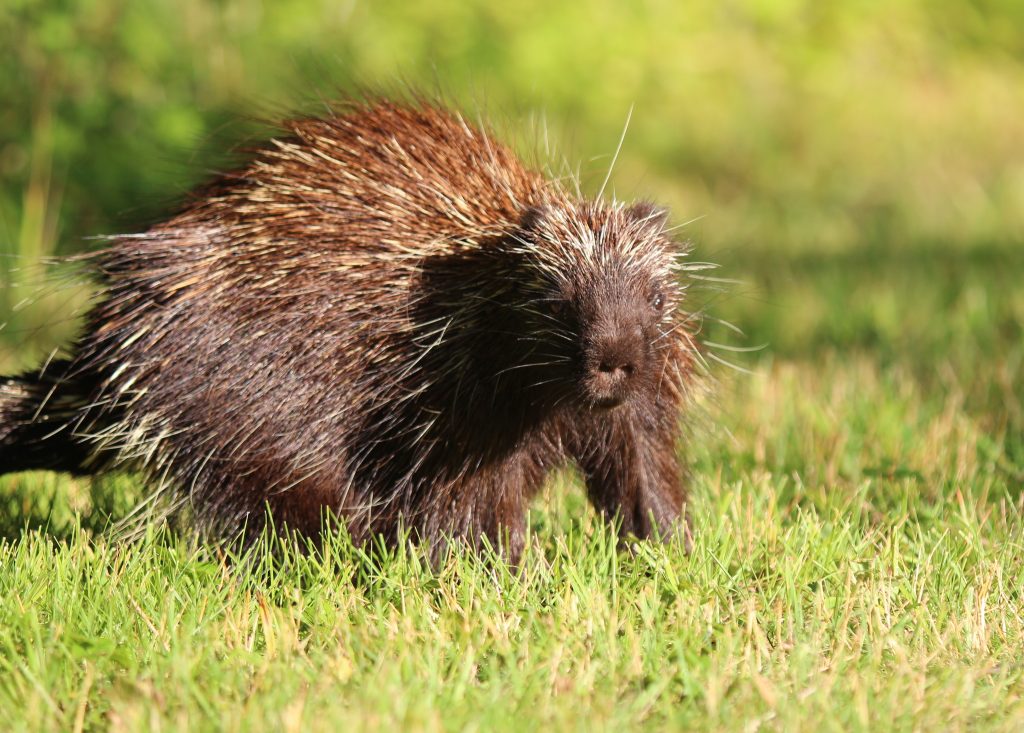Our hours for Mar 10, 2025: 9:00 AM-5:00 PM


Welcome to the Abilene Zoo’s webpage dedicated to the fascinating North American Porcupine! The North American Porcupine (Erethizon dorsatum) is the second-largest rodent native to North America and is best known for its unique quills. Visit our Woodlands exhibit to observe these incredible animals up close. Let’s explore their diet, habitat, size, and conservation status, as well as some fun facts that make them truly special.
North American Porcupines are primarily herbivores, feeding on a wide variety of plant materials. Their diet consists of leaves, twigs, bark, and buds from trees such as aspen, willow, and cottonwood. They also consume fruits, nuts, and various types of vegetation. During the winter months, when fresh vegetation is scarce, they rely more on the bark and cambium layer of trees for sustenance.
These porcupines inhabit a wide range of habitats throughout North America, including forests, deserts, and grasslands. They can be found from Alaska and Canada, all the way down to northern Mexico. North American Porcupines are skilled climbers and are often found in trees, where they can safely forage for food and evade predators.
North American Porcupines are relatively large rodents, with adults measuring between 25 and 36 inches (64 to 91 cm) in length, including their tails. They typically weigh between 12 and 35 pounds (5.4 to 15.9 kg), with males being slightly larger than females.
The North American Porcupine is currently listed as “Least Concern” on the International Union for Conservation of Nature (IUCN) Red List. Their population is stable and widespread, and they face few significant threats. However, habitat loss and human-wildlife conflict can pose challenges to local populations in some areas.
During your visit to the Abilene Zoo, be sure to stop by our Woodlands exhibit to observe the remarkable North American Porcupine. As you learn about their unique adaptations, diet, and behavior, you’ll develop a newfound appreciation for these intriguing and often misunderstood creatures.